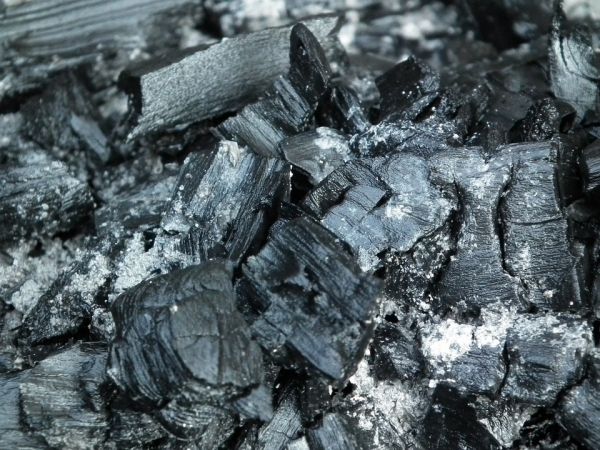The ICTA-UAB begins a scientific expedition in the Atlantic Ocean to collect dust and smoke samples from the fires of tropical Africa deposited in marine sediments. The study will allow to understand the variations in the atmospheric circulation in the past and to predict rain pattern changes in the future.
Studying the processes of transport of smoke from the fires of tropical Africa and the dust of the Sahara Desert, and its deposition in marine sediments to understand how atmospheric circulation has shifted in the past, and to be able to predict changes in the future, considering the current context of climate change on the planet. These are the main objectives of the scientific expedition carried out by researchers from the Institute of Environmental Science and Technology of the Universitat Autònoma de Barcelona (ICTA-UAB) within the framework of the European Research Council (ERC) project PALADYN, in collaboration with researchers from the University of Rhode Island, led by Professor Rainer Lohmann.
Tropical climates are changing rapidly in the most populated regions of the planet due to natural and anthropogenic factors that alter the atmospheric circulation of air masses. However, there is still much ignorance about how this affects the distribution of global precipitations under global warming. One hypothesis suggests that rains will be accentuated in the humid areas of the Earth while droughts will be more extreme in arid areas. However, existing simulation models have not been able to prove this due to the complexity of studying the atmosphere in the past.
The PALADYN project, led by ICREA researcher at the ICTA-UAB Antoni Rosell-Melé, aims to determine changes in tropical atmospheric circulation in the past 5 million years (wind direction and speed, and rainfall distribution), with special attention to past episodes of extreme heat and cold, in order to establish its natural range of variability.
Read more at Universitat Autònoma de Barcelona
Photo Credit: AllNikArt via Pixabay


